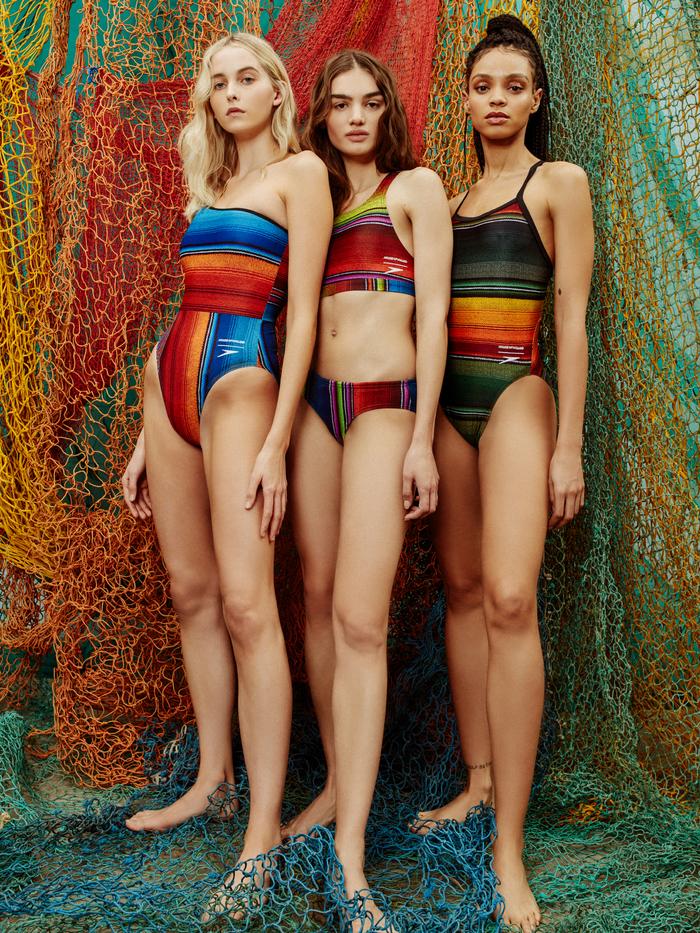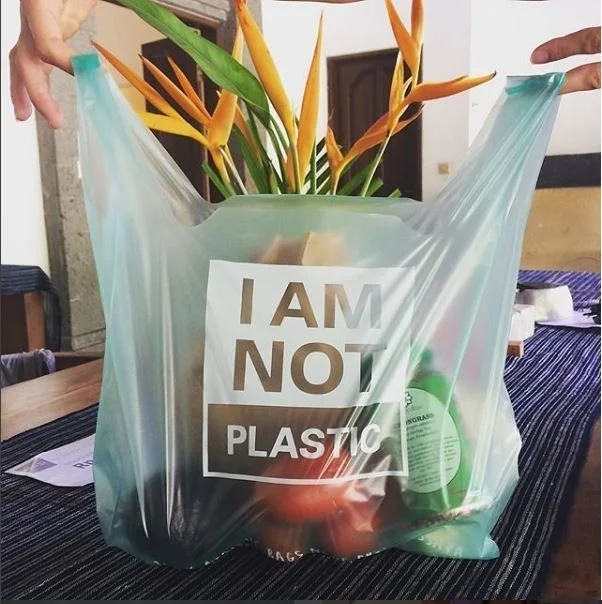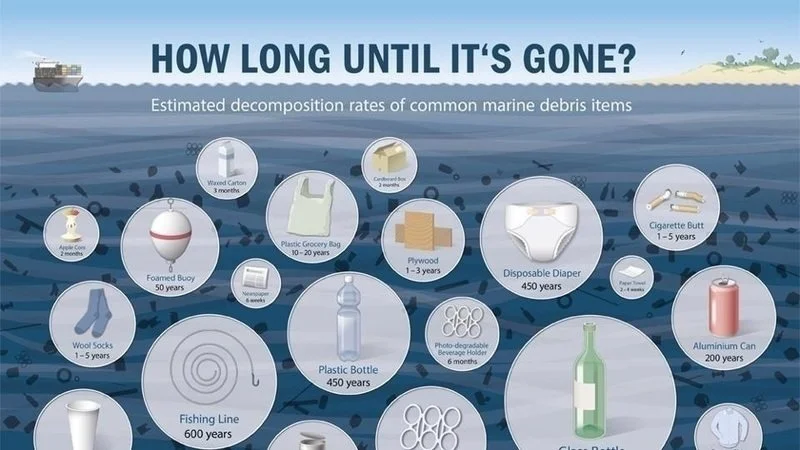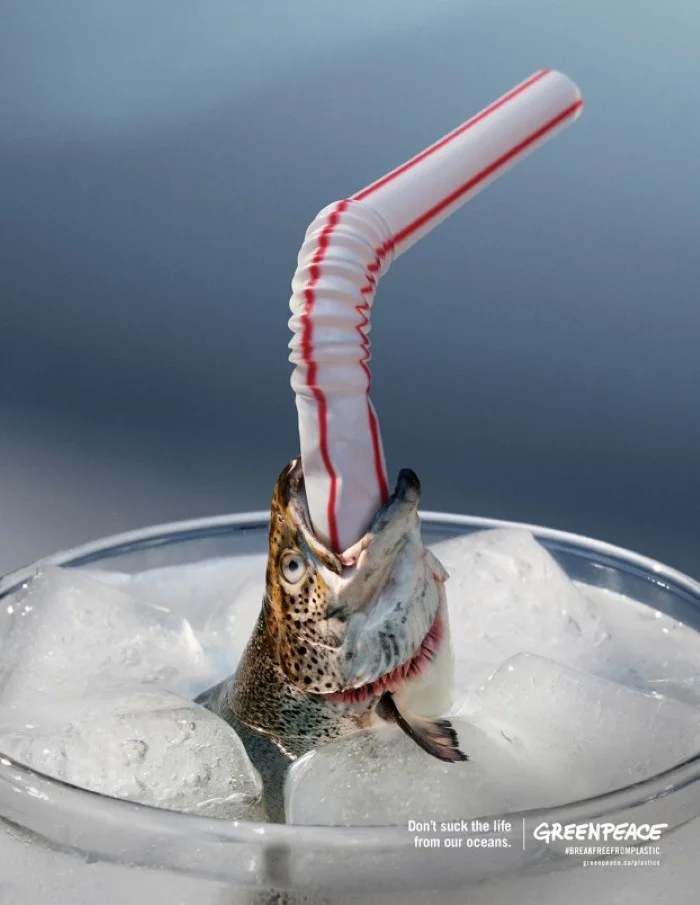Lucy Hughes' Bioplastic Made From Fish Scales Just Won the James Dyson Award
/Most people look at fish guts and think, “eww.”
Lucy Hughes looked at the bloody waste from a fish processing plant and saw opportunity.
Then a student in product design at the University of Sussex, Hughes was interested in making use of things people normally throw away. So she arranged to visit a fish processing plant near her university, on England’s southern coast.
She came away a bit smelly—“I had to wash even my shoes,” she says—but inspired. After tinkering with various fish parts, she developed a plastic-like material made from scales and skin. Not only is it made from waste, it’s also biodegradable.
The material, MarinaTex, won Hughes this year’s James Dyson Award. The £30,000 (nearly $39,000) award is given to a recent design or engineering graduate who develops a product that solves a problem with ingenuity. Hughes, 24, beat out 1,078 entrants from 28 different countries.
Hughes, who grew up in suburban London, has always loved to spend time near the ocean. As a budding product designer—she graduated this summer—she was disturbed by statistics like 40 percent of plastic produced for packaging is only used once, and that by 2050 there will be more plastic in the sea by weight than fish. She wanted to develop something sustainable, and figured the sea itself was a good place to start, given that the University of Sussex is outside the beach town of Brighton.
“There’s value in waste, and we should be looking towards waste products rather than virgin materials if we could,” Hughes says. Read more about Hughes’ project Smithsonian.com.













